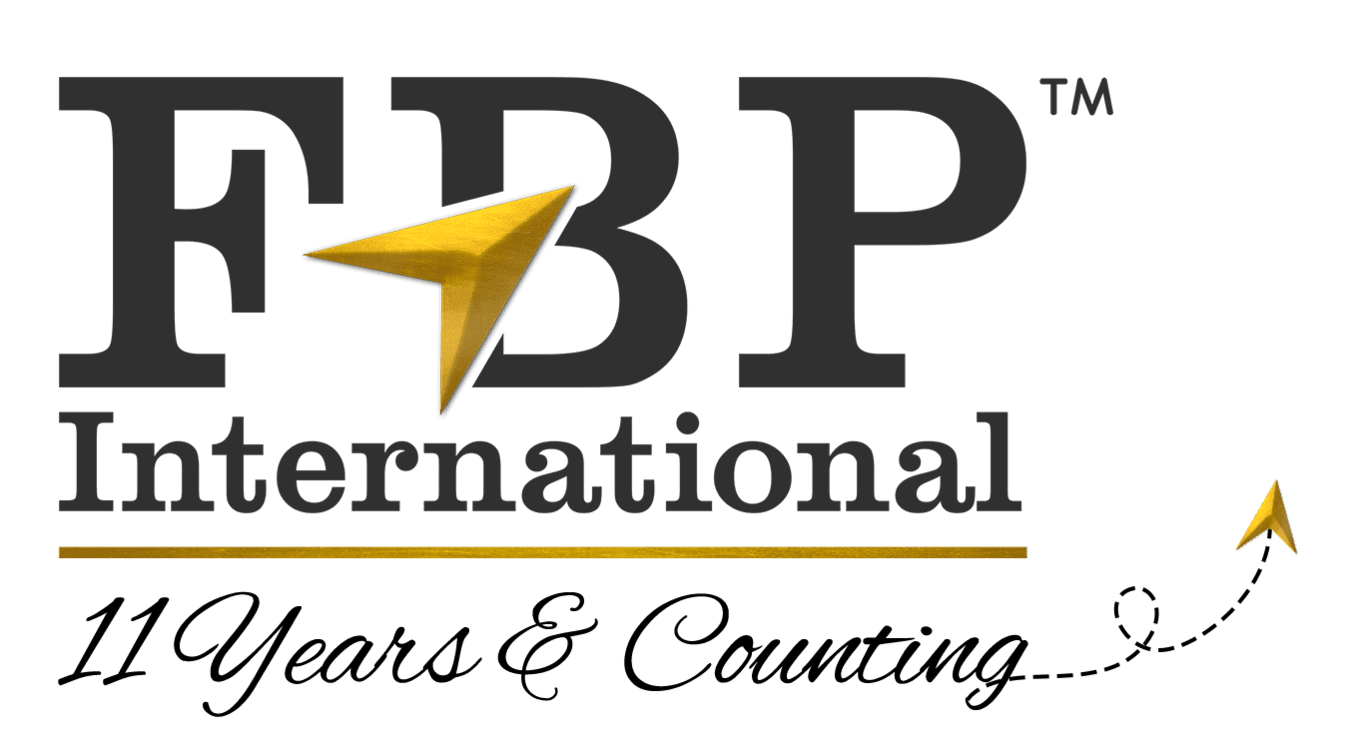Western Australia
History
Indigenous Australians survived in harsh climatic and environmental conditions, ranging from cold temperate to hot tropical, coping with arid conditions and torrential rains. They have dwelt for many thousands of years in ways that sustained their societies while conserving resources, protecting fragile soils, and leaving a light footprint on the environment.
In the late 1990s, a collection of Australian Aboriginal rock art featuring distinctive stick-like images was discovered in Australia’s North West region. Archaeological dating placed the Bradshaw paintings, named after their recent discoverer, among the oldest pictures on record.
The first European to sight the Perth area was the Dutch sailor Willem de Vlamingh who sailed along the coast in 1697 and named Swan River after noting the large flocks of black swans in the area.
In 1827, Captain James Stirling and the botanist Charles Fraser became enthusiastic about the river’s potential and considered a settlement. Stirling founded the Swan River Colony on the 1st of June, 1829. The name of Perth was bestowed upon the colony as a tribute to Sir George Murray, who, at the time, was the secretary of State for the colonies, and who sat in the House Of Commons as a member of the old Scottish capital of Perthshire.
Unlike many other Australian states, Western Australia was colonized as a free settlement, not a penal colony, and this is reflected in the diversity of farming and agriculture.
The original state capital was to be the harbor town of Albany. However, this was soon moved to the fertile Swan river valley, which is now Perth and Fremantle’s site. The colony was the first to be developed entirely by free settlers. It wasn¹t until 1850 that convicts arrived, and by that time, the basic structure of the settlement had been established. The early growth of the city was slow. By 1849 the population was 1148. By 1891 it had only grown to 8447, and even in 1911, it was just a medium-sized country town with a population of 31,300.
The arrival of the Trans-Australian Railway in 1917 and the early success of the gold mining towns pushed the population to 272,528 in 1947. The subsequent immigration from Britain meant that by 1981 809,035 people were living in Perth and its suburbs.

